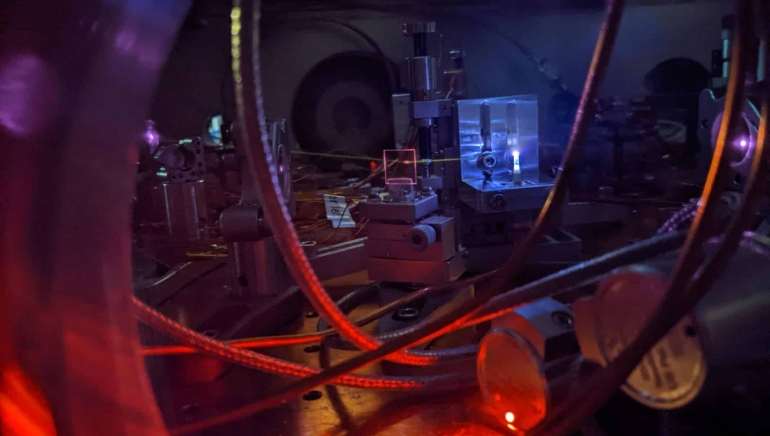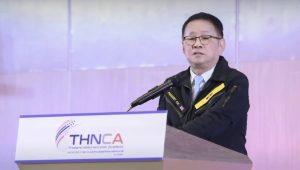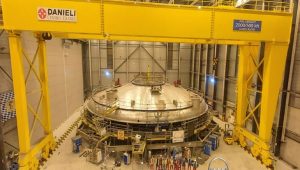Scientists at JILA, a joint NIST institute, have presented the world’s first nuclear clock, a significant advancement in timekeeping precision. Unlike atomic clocks, which rely on electrons, this clock uses signals from an atom’s nucleus. The findings in Nature get us closer to achieving remarkable timekeeping accuracy.
Unlike quartz wristwatches, which use crystal oscillations to determine time, atomic clocks employ laser light to transfer electrons between energy levels, resulting in higher precision. Nuclear clocks, on the other hand, go a step further by exploiting energy changes in the nucleus, making them less vulnerable to electromagnetic interference and thus quieter.
Thorium, the substance that powers the prototype, uses only ultraviolet light to produce these energy jumps, making it easier to operate than other elements. “Thorium can now be used as a timekeeper for ultra-high-precision measurements,” says scientist Thorsten Schumm of TU Wien. Although not as accurate as atomic clocks, the nuclear clock is projected to outperform conventional timekeeping systems soon.
Another team introduced an atomic clock in July that can only lose one second every 30 billion years. For context, Earth is around 5 billion years old. The future of timekeeping has entered a new age, with promising advances in precision measurements critical for applications such as satellite navigation.















